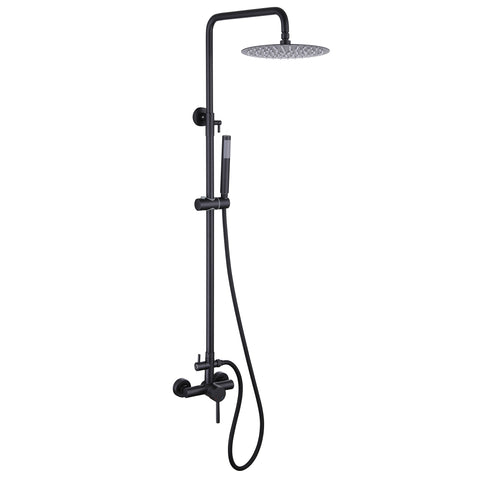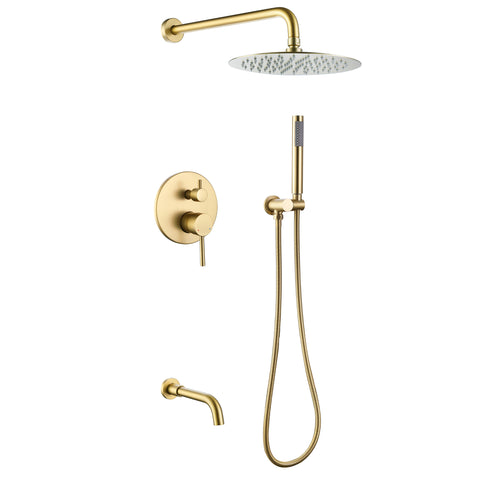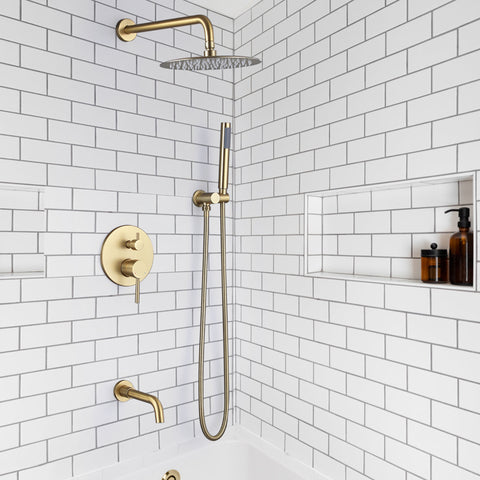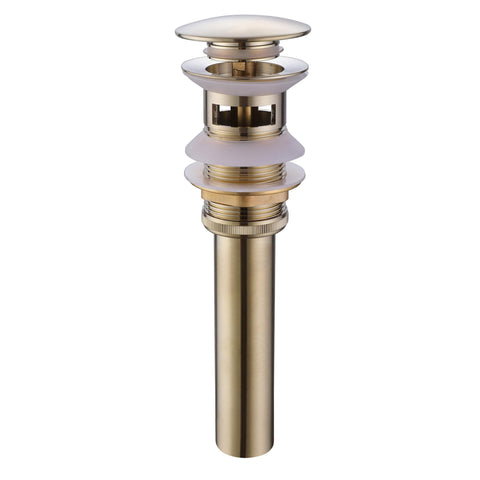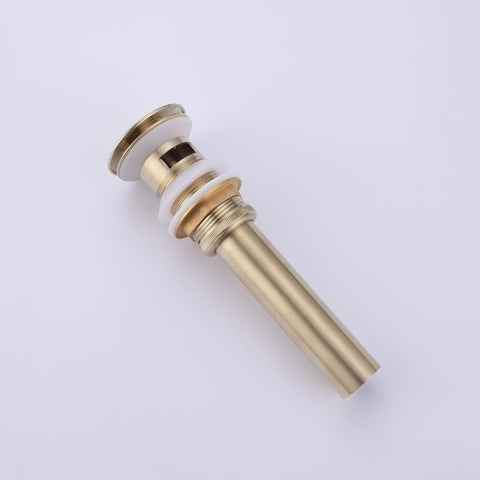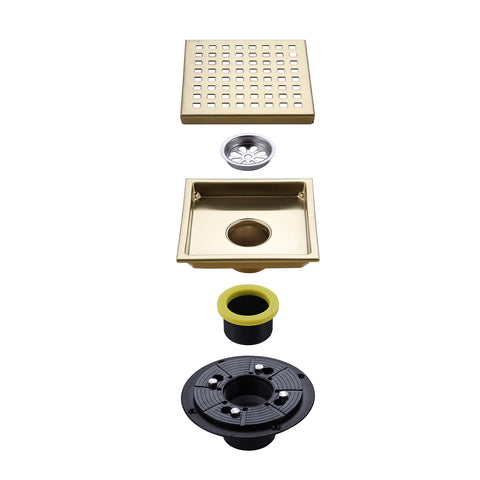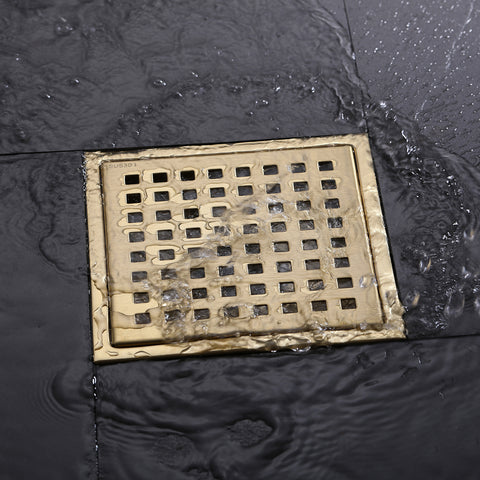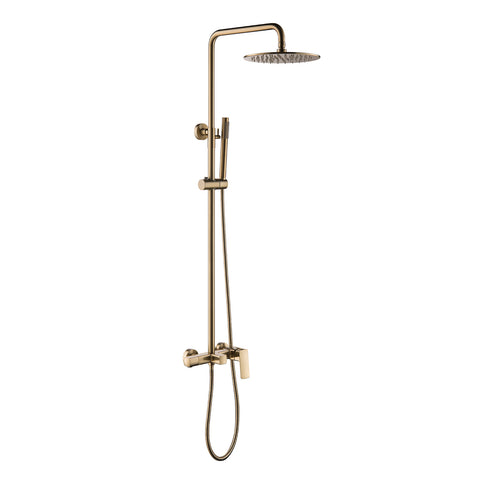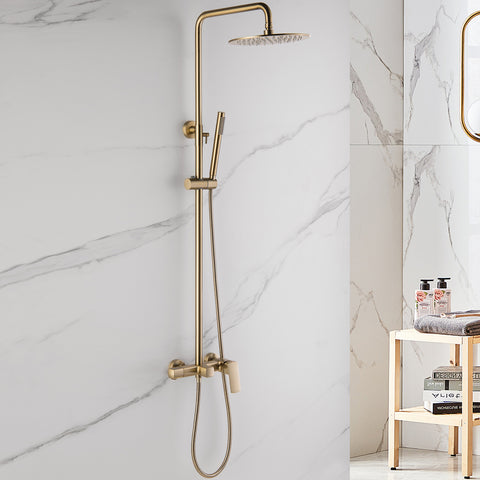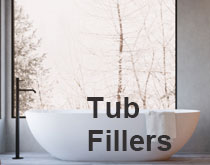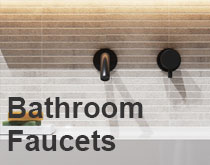How to Clean and Maintain Stainless Steel Kitchen Faucets for Long-Lasting Shine
In the heart of every kitchen, there exists a silent hero – the kitchen faucet. It's the unsung workhorse that delivers a steady stream of water for cooking, cleaning, and washing. Among the myriad options available, stainless steel kitchen faucets have become increasingly popular due to their timeless aesthetics, durability, and resistance to corrosion. To ensure your stainless steel kitchen faucet continues to shine and perform at its best, regular cleaning and maintenance are essential. In this guide, we'll walk you through the steps to keep your faucet gleaming and functioning flawlessly.
Why Stainless Steel?
Stainless steel kitchen faucets are a popular choice due to their exceptional durability and resistance to rust, corrosion, and staining. Their smooth and polished surface not only adds a touch of elegance to your kitchen but also makes them relatively easy to clean and maintain. However, like any other fixture in your home, stainless steel faucets require proper care to retain their shine and functionality.
Cleaning Stainless Steel Kitchen Faucets
Gather Your Supplies: Before you begin cleaning, gather the necessary supplies. You'll need mild dish soap, warm water, a soft cloth or sponge, a toothbrush or soft-bristle brush, and a microfiber cloth for drying.
Regular Wiping: To prevent the buildup of water spots, fingerprints, and grime, make it a habit to wipe down your faucet after each use. Use a damp cloth or sponge to gently clean the surface.
Use Mild Soap: For more thorough cleaning, mix a few drops of mild dish soap with warm water. Dip a soft cloth or sponge into the soapy water and gently scrub the faucet, paying special attention to areas with visible stains or spots.
Tackle Hard Water Stains: Hard water stains can be a common issue in areas with mineral-rich water. To remove these stains, create a mixture of equal parts water and white vinegar. Dip a cloth into the solution and apply it to the stained areas. Let it sit for a few minutes before gently scrubbing it with a soft brush or toothbrush. Rinse thoroughly and dry with a microfiber cloth.
Avoid Abrasive Cleaners: While stainless steel is durable, using abrasive cleaners, scrub brushes, or steel wool can scratch the surface and damage the protective layer. Stick to soft cloths and gentle cleaning agents.
Maintaining Stainless Steel Kitchen Faucets
Regular Inspection: Periodically inspect your faucet for any leaks, loose parts, or signs of wear. Catching these issues early can prevent more significant problems down the line.
Check Seals and Gaskets: The seals and gaskets in your faucet may degrade over time. If you notice any leaks or drips, it might be time to replace these components to maintain the faucet's efficiency.
Lubricate Moving Parts: If you have a pull-out or pull-down sprayer, regularly lubricate the retractable hose with a silicone-based lubricant. This will ensure smooth operation and prevent wear and tear.
Maintain the Finish: The finish of your stainless steel faucet can be susceptible to scratches and damage. Avoid using harsh chemicals or abrasive materials on the faucet's surface. Instead, stick to the gentle cleaning methods mentioned earlier.
Prevent Mineral Buildup: To prevent mineral buildup in the aerator, which can affect water flow, remove it and soak it in a mixture of water and vinegar for a few hours. Rinse thoroughly before reattaching.
Conclusion
A stainless steel kitchen faucet can be a stunning centerpiece in your kitchen, but it requires consistent care to maintain its beauty and functionality. By incorporating regular cleaning and proper maintenance practices into your routine, you can ensure that your faucet continues to enhance your kitchen's aesthetics while providing reliable performance for years to come. Remember, a little effort goes a long way in preserving the allure and efficiency of your stainless steel kitchen faucet.
